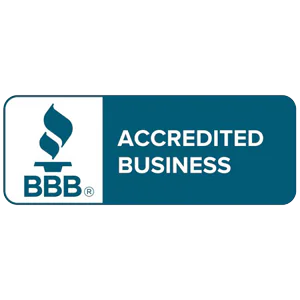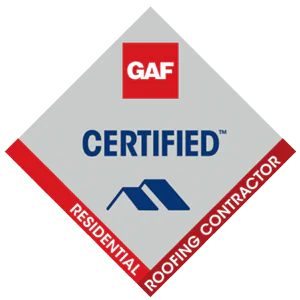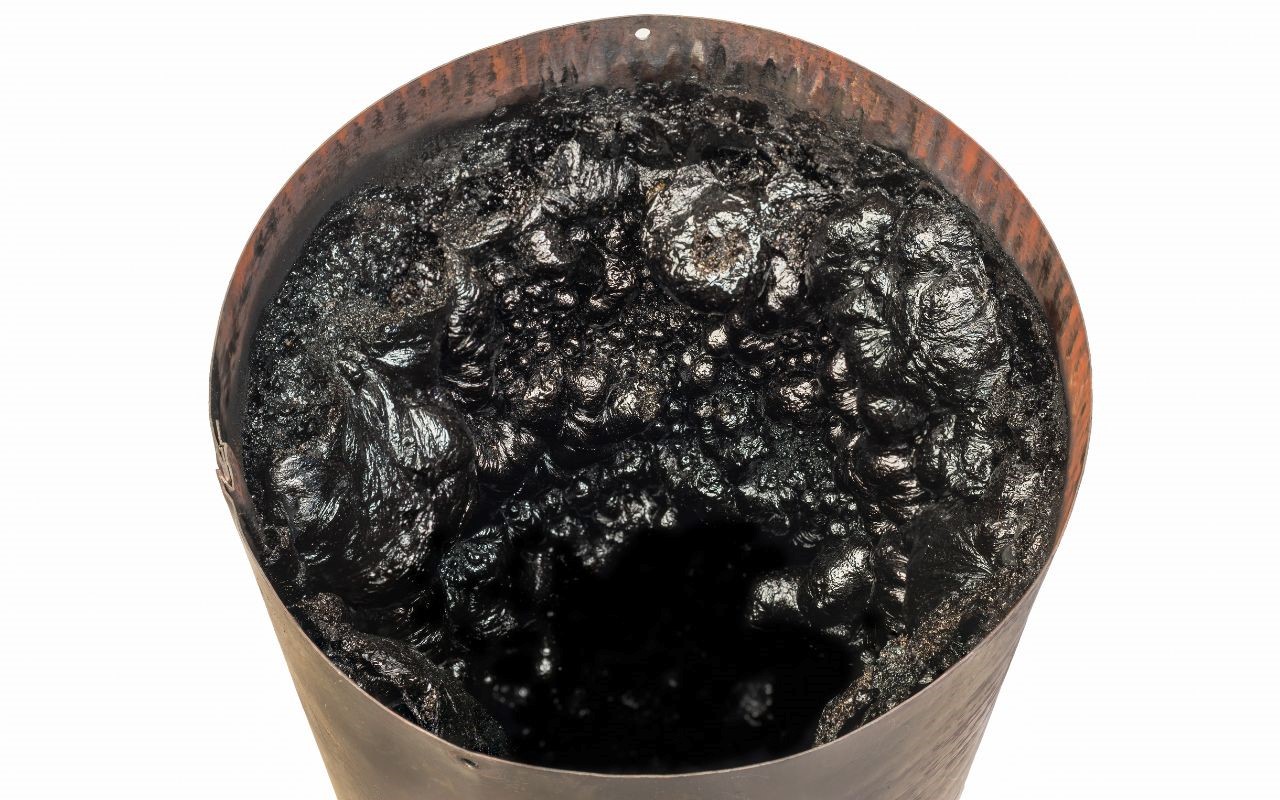
Find Out What Dissolve Creosote in Your Chimney
- December 16, 2022
- EA Chimney and Roofing Corp.
Have you noticed that blackish, tar-like residue that builds up inside and outside your chimney? Its name is creosote, and in addition to its unpleasant appearance, it can lead to several health and property consequences. Learning what dissolves creosote and removing every inch of it is a big step in getting rid of all those problems.
It is essential to know what creosote to clean all those affected areas properly. A greasy, dark, and flammable substance formed from wood tar or coal distillation
Remember that, regardless of your chosen method, keeping the chimney clean is essential to avoid the derivation of many other problems. As creosote results from unburned wood in the presence of oxygen, it can give some unpleasant odors and cause the chimney to catch fire if left dirty.
Read on to learn the best ways to dissolve creosote to leave your chimneys looking brand new.
DIY Ideas to Clean Creosote – What dissolves creosote
Get a Special Cleaner
There are countless products on the market to help you clean your chimney. Choosing a creosote remover specifically designed for that purpose is an easy and affordable solution since you can get it without any problem in a hardware store. Get a spray bottle and apply the product to the area while scrubbing it with a wire brush for the best results.
Vinegar or Salt and Cat Litter
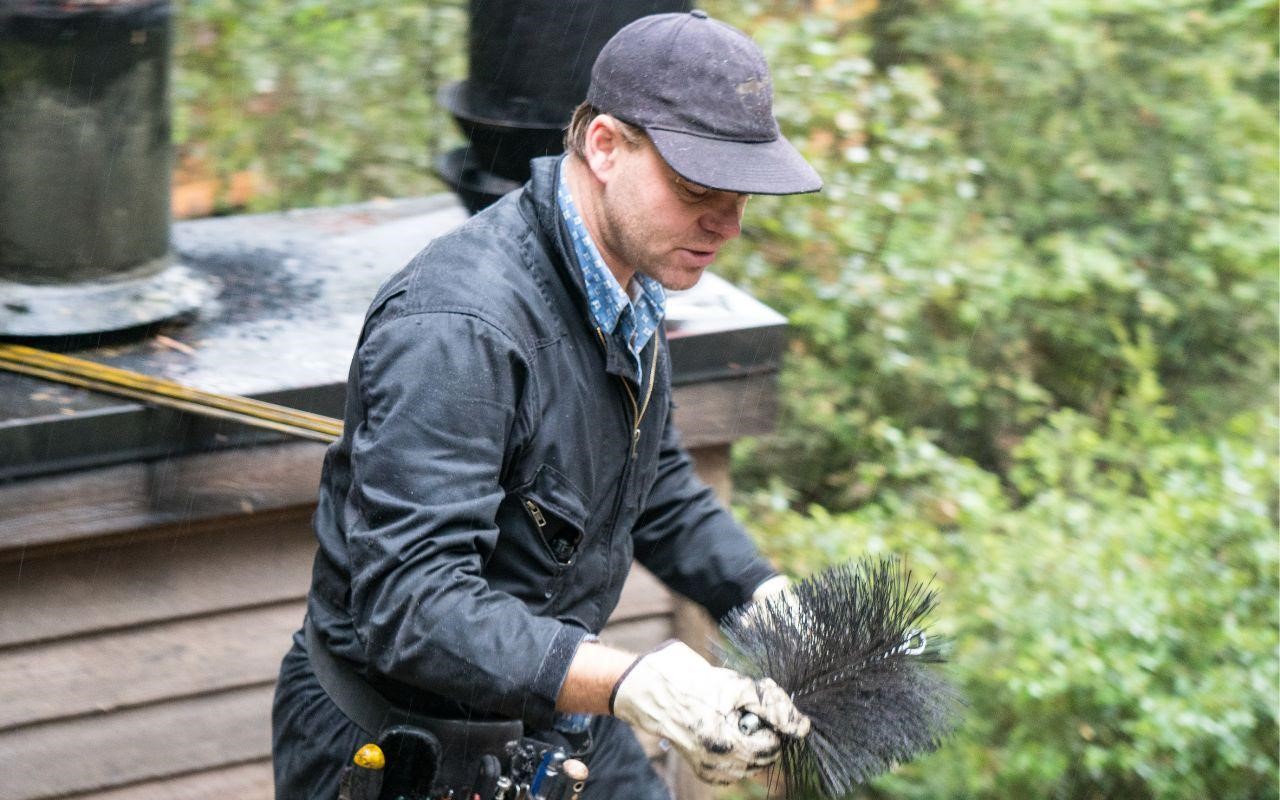
Vinegar is a natural acid, and it dissolves the creosote over time. However, it will take a little longer, as you will have to wait for it to take effect. Another effective way is to pour salt water or a mixture of cat litter and salt to kill the residue.
Other great techniques are pressure washing the area and using bleach as a solvent, mixing one part bleach with nine of water. Some people find it more effective to use different methods to get better and cleaner results.
What is Creosote and Why is it Dangerous?
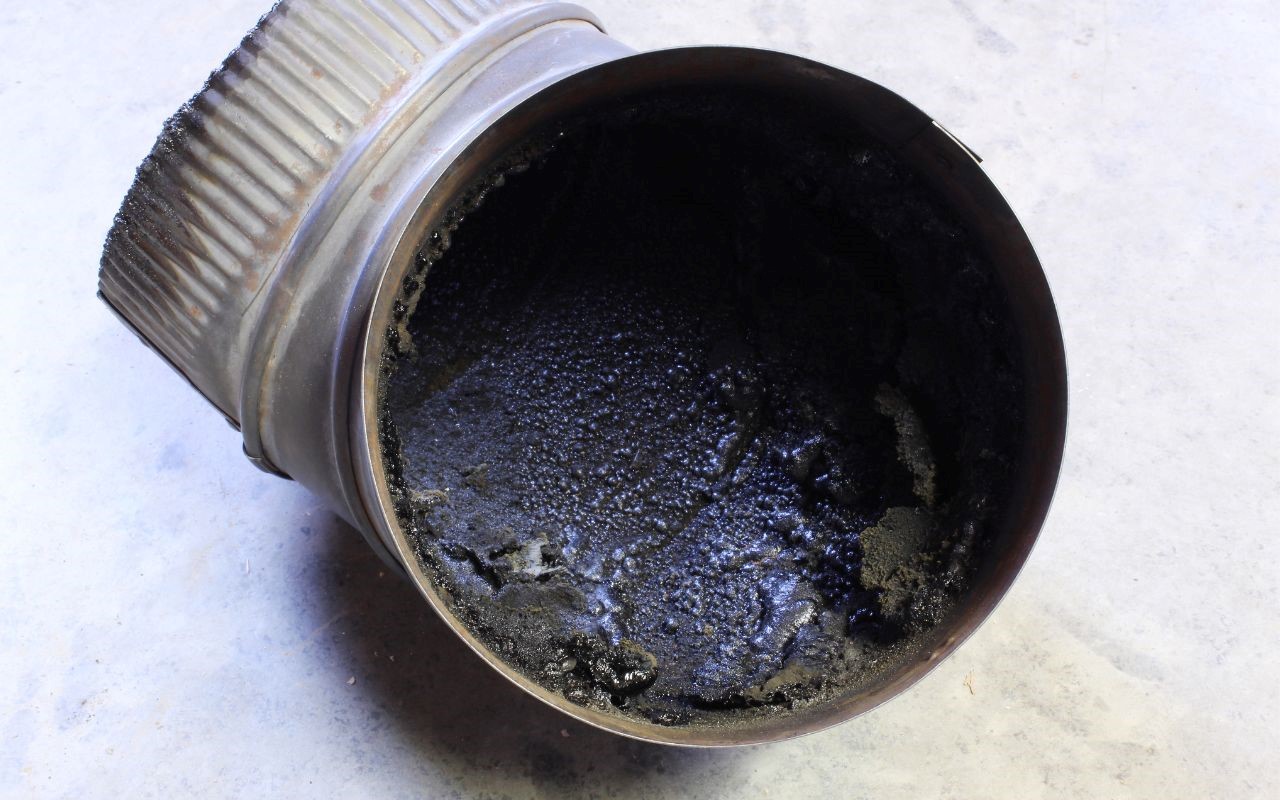
Creosote is a dark, oily, or glossy-looking substance produced as a by-product of coal and wood burning. It is produced when the gasses created by burning these materials cannot escape into the air and instead condense on the surface of whatever they come in contact with.
Not only does creosote have an unpleasant odor and tastes bad, making it unappealing for consumption. But it can also produce dangerous toxins trapped in our environment if not properly managed.
Creosote can cause harm to us and our ecosystems. If we do not take steps to minimize its usage and clean up existing buildup from industrial sites or residential burns.
Risks of Creosote Residues
Creosote residue on materials such as timber or bricks is a known health risk. It can cause skin and eye irritations and respiratory problems when interacting with humans. Ingesting creosote also carries risks, particularly for livestock that may consume products treated with the chemical.
Beyond these primary risks to human and animal health, creosote residue poses environmental issues due to its high toxicity and potential for leaching into nearby bodies of water.
From mild to prolonged exposure, creosote can cause various health problems. Including lung irritation, eye damage, stomach pains, skin rashes, convulsions when ingested, and even death.
In addition, you will have difficulty lighting the fire or keeping it burning. The chances of chimney fires are greater, as it is highly flammable, and smoke can be drawn back into the room from the chimney.
In detail, organic materials treated with creosote can stay toxic for many years, making proper disposal critical to reducing long-term exposure effects. As such, it’s essential to be aware of the dangers posed by creosote residues and take any necessary precautions when dealing with them.
How to Prevent Creosote Accumulation – What dissolves creosote
Regular maintenance and cleaning reduce creosote buildup and help keep creosote under control. In addition, try to use well-seasoned, better-quality wood with low moisture content.
It is recommended that inspections of the chimney be performed annually to ensure that everything is working correctly and to prevent dangerous situations from occurring.
Creosote accumulation can be a dangerous fire hazard, but fortunately, there are ways to prevent it. One of the most common methods is to reduce the smoke and carbon in the air emitted while burning wood. In addition, chemicals like phosphoric acid and sodium hydroxide can help dissolve existing creosote.
Other chemicals may also be used, though these should be handled cautiously since they are acidic substances. By understanding which substances dissolve creosote and taking measures like reducing emissions when burning wood. You’ll enjoy your fireplace safely and without the worry of hazardous buildup for years to come.
Best Professional for the Job
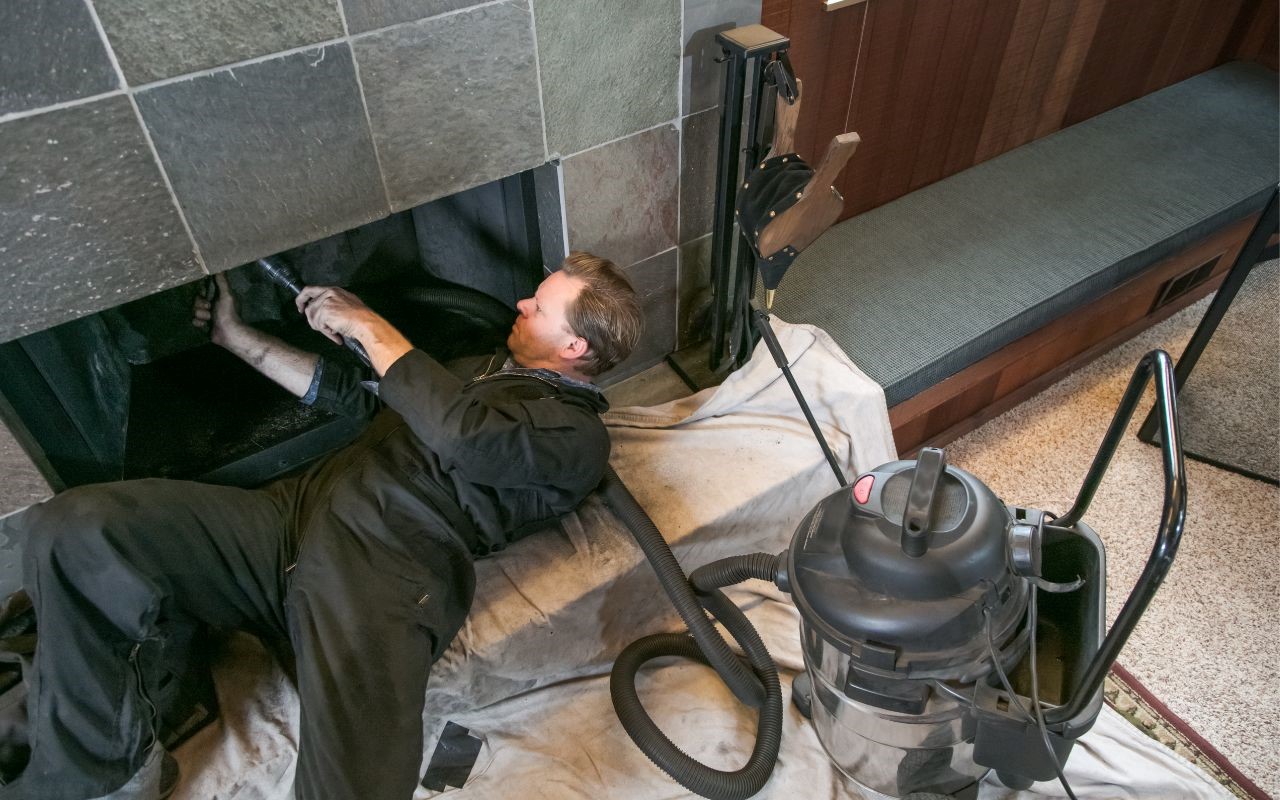
As we have proven, creosote residues are a harmful and hazardous material that can not be left untreated. It can sometimes become difficult to remove and represents a tedious task for home and business owners. If you are looking for cleaning solutions to dissolve creosote, our professional team can assist you with everything.
We use advanced equipment, procedures, and products specifically to dissolve creosote. Our approach is fast, reliable, and efficient. So you can rest assured that your job will be done right the first time! With our help, you won’t have to worry about dealing with creosote buildup and its hazardous effects ever again.
We guarantee that you will be satisfied with our services, so don’t hesitate to reach out if you have any questions or concerns. We are dedicated to providing superior quality service.


